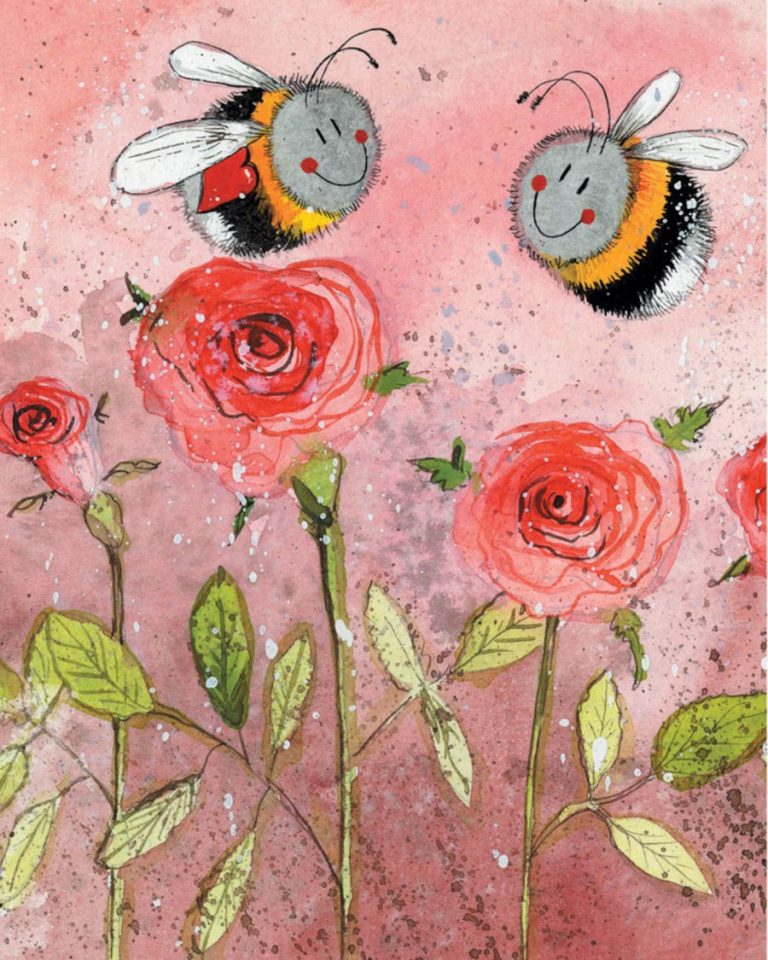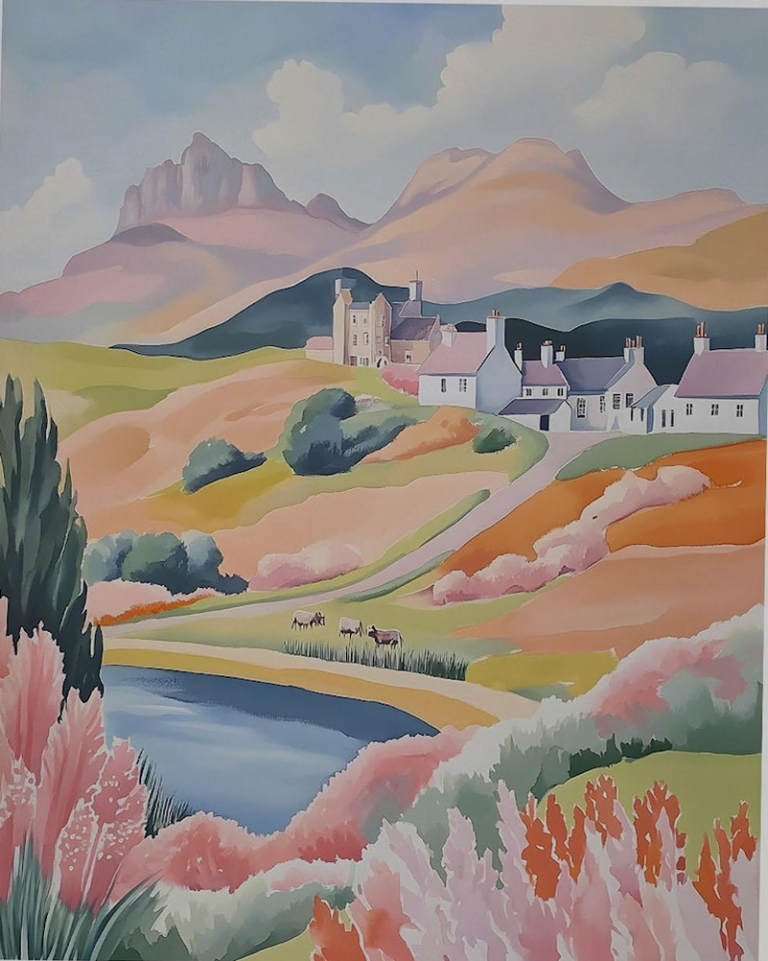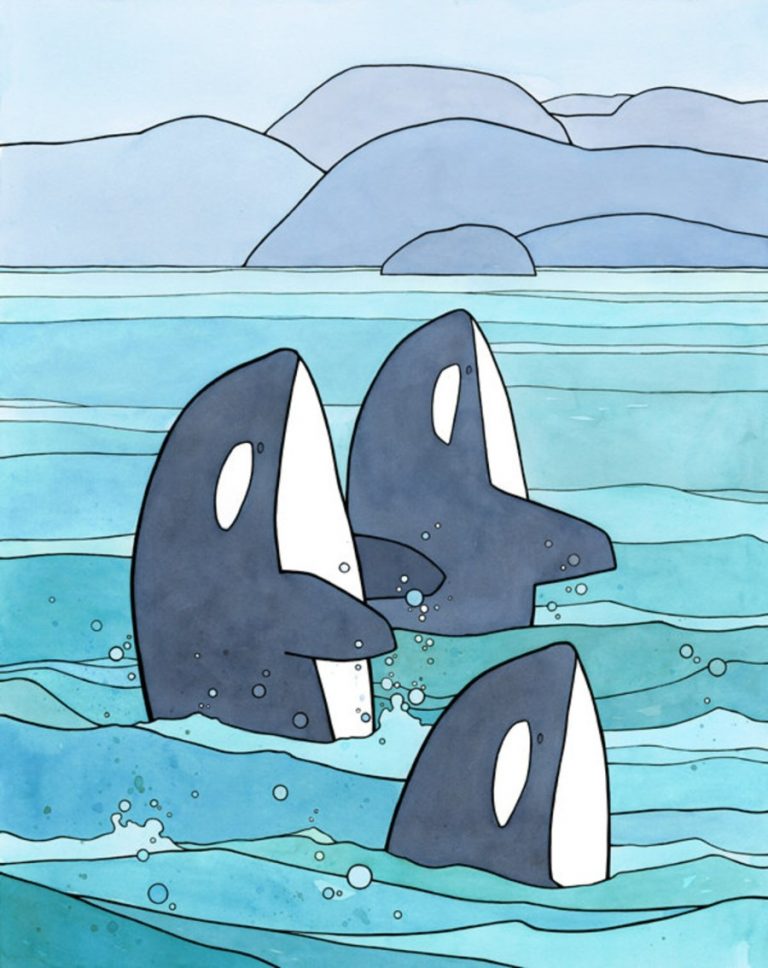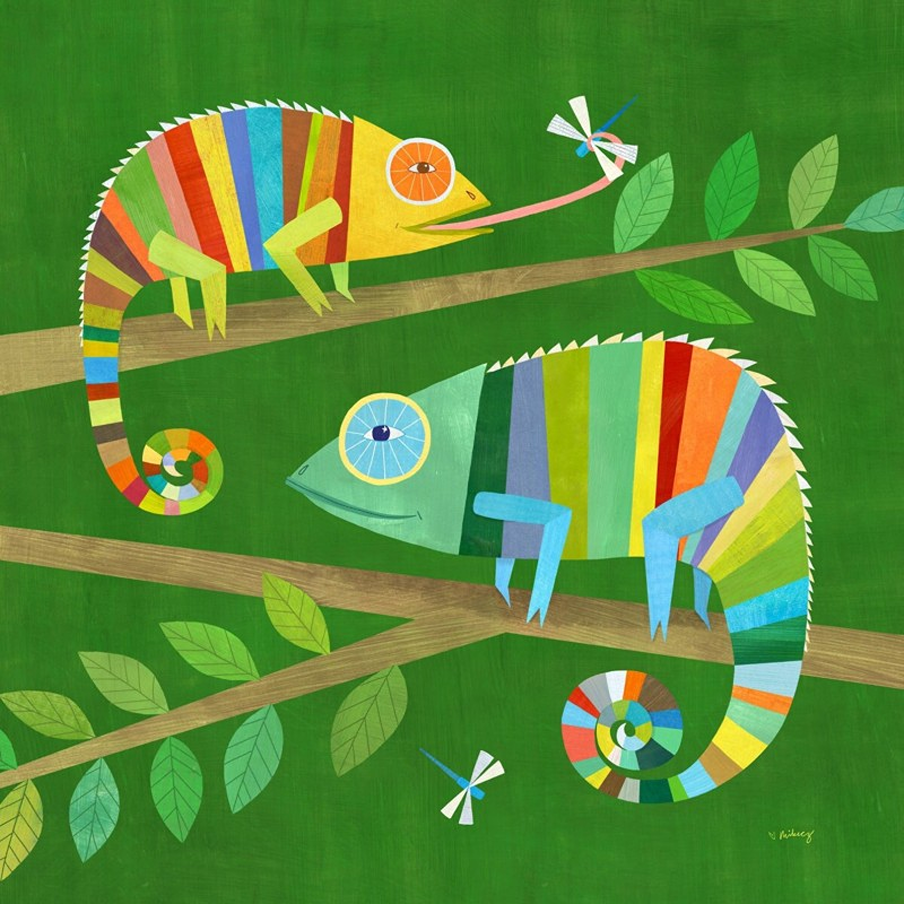
England’s wildlife is under pressure. Habitats are shrinking, seasons are shifting, and many species struggle to keep pace. It can feel complex, yet answers are closer than they seem. Other large islands face the same isolation and the same ecological limits. Some have found smart, people‑centred ways to protect their wildlife.
Each of the following large islands on earth offer a clear lesson that could help our hedgerows, moors, coasts, and towns. From community reserves to coral protection – the goal is simple. Learn from places with rich nature, then apply what works.
Madagascar’s Conservation Model

Madagascar (the fourth largest island on earth) is one of the most fascinating places in the world for nature and wildlife and birds. And if you want to know of an island that looks after its wildlife, this is the one to be inspired by. 90% of all its creatures are found nowhere else on earth, and it features a diverse habitats from oceans to deserts to coral reefs and mangrove forests.
But unlike in England (where hedgehogs, newts and beavers are not revered as they should be by planners and politicians), in Madagascar, native wildlife is the most important subject of debate!
Community groups manage forests through clear rules and patrols, leading to deforestation dropping by around 50 percent. Sacred forests are left intact. Certain lakes are never fished. These customs protect biodiversity without heavy policing.
Lesson for England: Our rare mammals, birds and insects need connected landscapes. Habitat corridors, hedgerows, and river buffers help curlews, nightjars and marsh fritillary use wider space. Use parish councils and farmers’ clusters to co-manage woodlands and meadows. People protect what they help to shape.
Endangered hedgehogs in particular need habitat corridors restored, so they can move from hedgerow to hedgerow at night, to find food and shelter. Lack of natural habitat is why so many end up being injured or killed on roads, as they strive to find natural space to roam.
Ecotourism is Big Business Here
Home to most of the world’s lemurs and chameleons, you won’t find Americans going trophy hunting, to pay thousands of dollars to ‘canned animals’ as in parts of Africa.
In England, Boris Johnson’s government tore down England’s second-largest pear tree (in Worcestershire) to make way for the disastrous HS2 high-speed rail project. But here the legendary baobab tree is celebrated, and can live up to 1000 years.
The thick trunks collect rainwater and it offers water, shelter and medicine to humans and animals. A few mysterious explode and combust, giving the tree even more mysterious legendary tales.
Vanilla is the world’s favourite flavour and often used in cooking, and of course for ice-cream. But ‘fake vanilla’ (which often comes from beavers) is often sold in supermarkets.
Go for the real deal. It’s more expensive, but you only need a little, and the taste difference is worth it. Choose Fair Trade brands, to help local farmers.
Borneo’s Fight Against Habitat Loss

This large island in Indonesia is of course known for its orangutans. But as large-scale logging (mostly for the western palm oil industry) has cleared large forests, locals are now educating people on palm oil alternatives, in order to restore habitats for these endangered apes, along with Indonesian rhinos, tigers and elephants.
Lesson for England: Strong land use rules can stop urban sprawl from eating up wetlands and floodplains, and planning could favour brownland over greenland, planting buffer strips along streams to help protect endangered species like water voles. Rewetting small peat patches and replanting native trees could revive natural habitats for dragonflies, bats and warblers.
Instead, our government has recently relaxed planning rules to build more homes, which will decimate a lot of our wildlife (as has the HS2 high-speed rail project). You can still build eco affordable homes, and protect the countryside and native wildlife.
Fiji’s Marine Biodiversity Safeguards
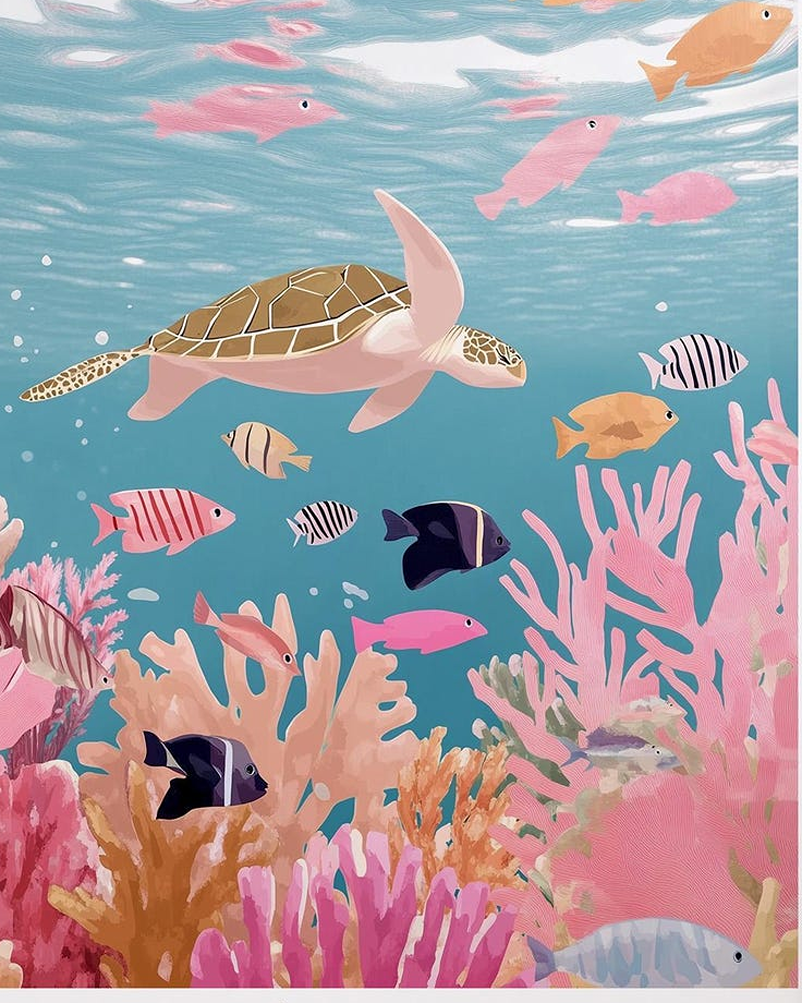
Fiji’s network of no-take zones has boosted fish populations. When areas rest, fish grow larger and breed more. Stocks then spill over to nearby waters. And coral reefs recover faster after storms, when fishing pressure is lower.
England can mirror this in marine protected areas. Stronger rules on trawling in sensitive zones, seasonal closures, and gear limits to prevent over-fishing and ghost fishing waste. Seagrass and saltmarsh projects lock up carbon and shelter juvenile fish. This supports sea turtles, terns, puffins and porpoises (relatives of dolphins).
Greenland’s Tundra Preservation
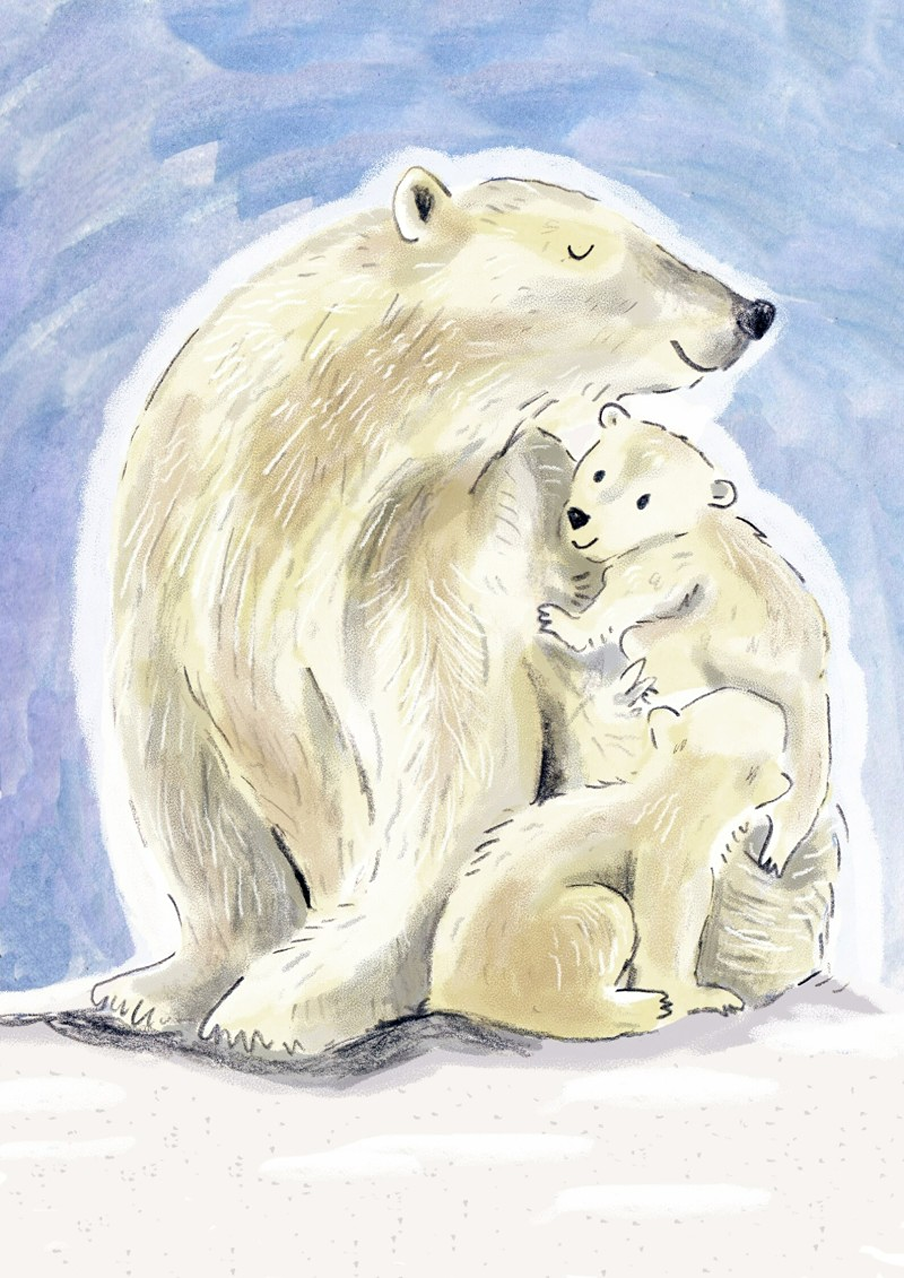
In Greenland, monitoring is the backbone. Teams use drones, camera traps, and GPS data to follow caribou routes and Arctic fox dens. Tourism stays low impact, with careful paths, guides, and seasonal access. The aim is simple, to protect habitats to support precious native wildlife.
England needs the same mindset to protect its moors and heaths, protect peatlands (to prevent floods and wildfires) and restore dunes and saltmarsh, to buffer our coasts. And prevent overtourism is vulnerable areas like the Lake District, and the cities of Bath and Stratford-upon-Avon (the birthplace of Shakespeare).
Reasons Why Greenland Must Become Independent
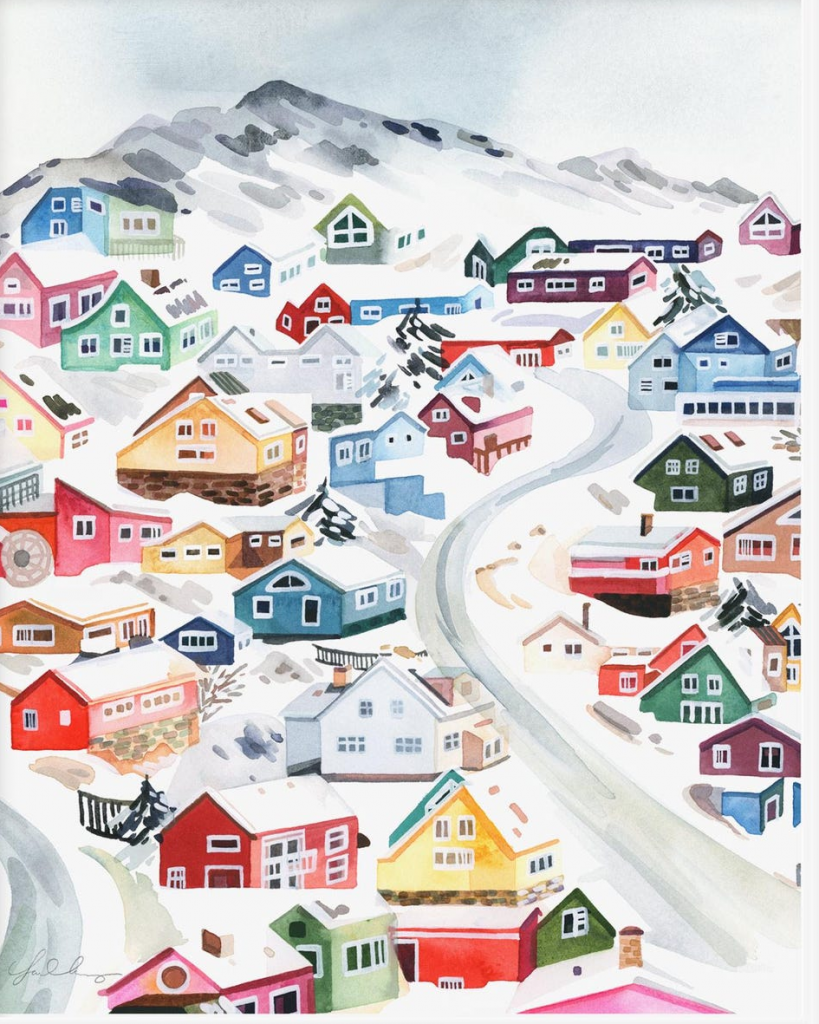
A terrifying policy of recent times is that President Trump wants to take over Greenland as a US territory, even threatening to ‘annex’ it if he doesn’t get his own way. A bit like our Isle of Man, Greenland is a self-governing part of another country (Denmark), with little tourism (apart from humpback whale-watching).
Local native people are no longer called ‘eskimos’, but ‘Kalaallit Nunaat’. Due to 80% of the country being covered in ice, few crops grow here, although just like our Northumberland, the country’s entire north-east is a protected National Park, to protect its Arctic wildlife.
The Greenland Ice Sheet is already cracking due to climate change, and if it melted, would raise sea levels by around 6 feet worldwide. Scary, considering a rise of just one centimetre can cause cause coastal erosion. of three feet.
And there lies the worry with President Trump. In an interview once, he denied that polar bears were in danger, and we know how much he loves money and power. So his recent foray into wanting Greenland to become a US territory, is very worrying.
Trump has just rolled back laws on paper straws, saying ‘they explode’. And now is returning the market for plastic straws. Heaven forbid he were to buy Greenland, with all its beautiful marine life protected from such plastic pollution.
There is only one airport (reached from just Iceland or Denmark) and most people travel by boat. And like Finland, its remote location means it has some of the world’s cleanest air and waters. Can you imagine, if the USA got involved?
Why Does President Trump Want Greenland?
He says for security, and ‘it will happen’ in acquiring the island. Greenland’s leader Jens-Frederick Nielsen however replied ‘We don’t want to be Americans. We don’t want to be Danes. We want to be Greenlanders’. A recent poll found that 85% of the population (mostly native people) and all five party leaders are now in favour of a referendum to become an independent country.
Could Trump Really Buy Greenland?
Unlikely. It’s not like the days when the USA bought Alaska from Russia. Today there are laws in place to consider the wishes of local people. The only advantages for Greenland would be military bases and finance (things that locals are not concerned about), and the right to live and work in the US (again they aren’t interested).
Hopefully this will be a good lesson for a world leader to realise, that sometimes money and power are not the most important things in the world, for some countries and people.


